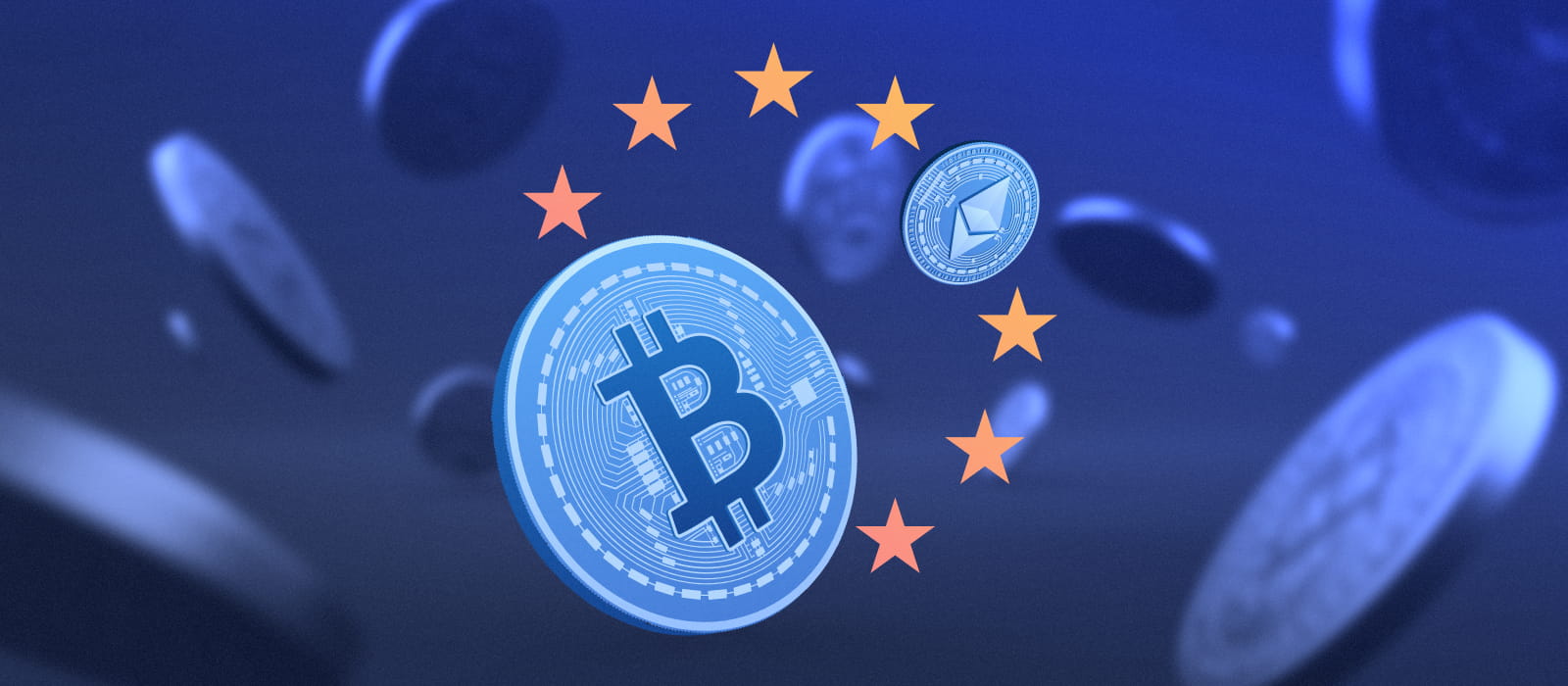
In A Nutshell:
The MiCA (Markets in Crypto-Assets) regulation is a comprehensive legislative framework introduced by the European Union to create a standardized and harmonized regulatory environment for the issuance, offering, and trading of crypto-assets within the EU. It is part of the EU's broader strategy to foster innovation while ensuring financial stability and consumer protection in the rapidly evolving digital finance sector. Here are the key components and objectives of the MiCA regulation:
Scope: MiCA covers a wide range of crypto-assets, including cryptocurrencies (e.g., Bitcoin, Ethereum), stablecoins, utility tokens, and other digital assets that are not currently regulated under existing EU financial services legislation.
Classification of Crypto-Assets:
Requirements for Issuers:
Supervision and Oversight:
Consumer Protection:
Market Integrity:
Cross-Border Operations:
Harmonization: Establish a uniform regulatory framework across the EU to reduce regulatory fragmentation and provide legal certainty for crypto-asset issuers and service providers.
Innovation and Competition: Foster innovation in the digital finance space by providing clear and balanced rules that support the development of new technologies while ensuring a level playing field.
Consumer and Investor Protection: Enhance protection for consumers and investors in the crypto-asset market by ensuring transparency, reducing risks, and preventing fraud.
Market Integrity and Financial Stability: Safeguard the integrity of the crypto market and mitigate potential risks to financial stability by introducing regulatory oversight and risk management requirements.
The MiCA regulation represents a significant step in the EU's approach to regulating the digital finance sector, aiming to support innovation while ensuring robust protection for participants in the crypto-asset market.